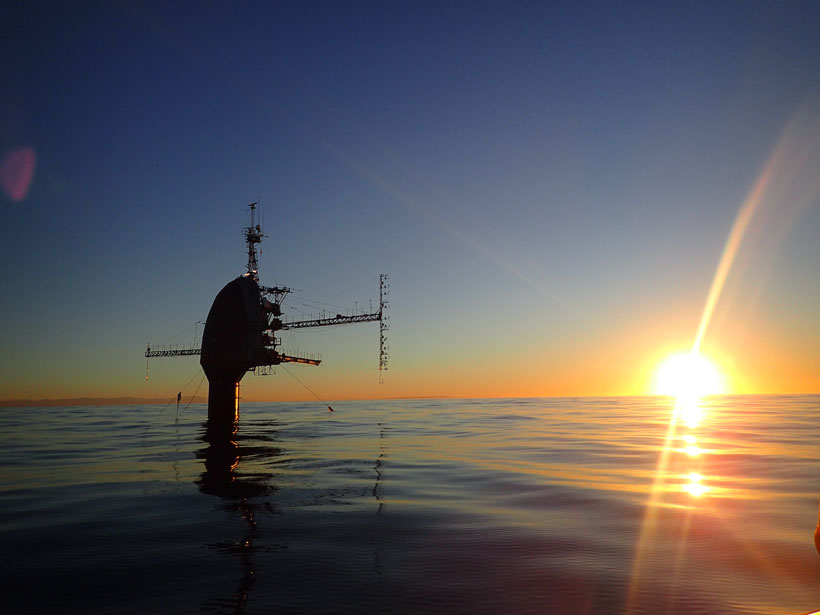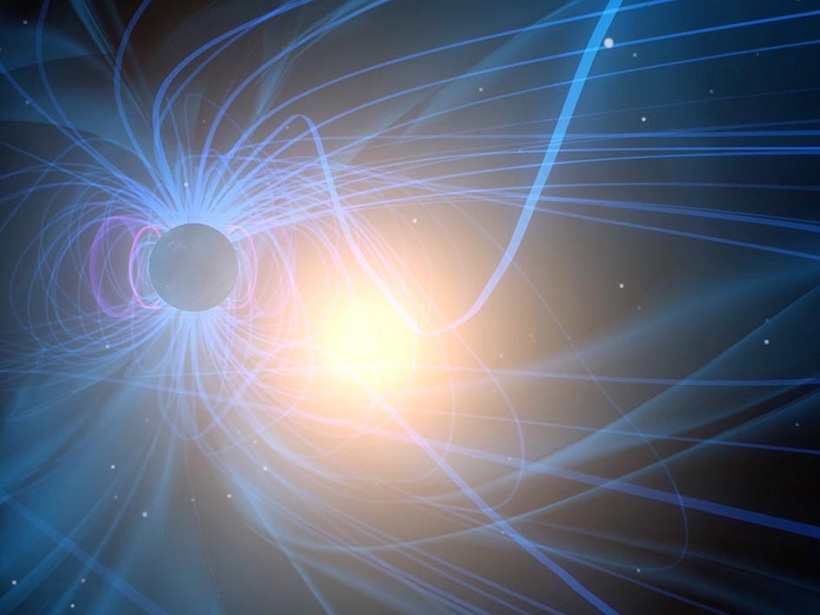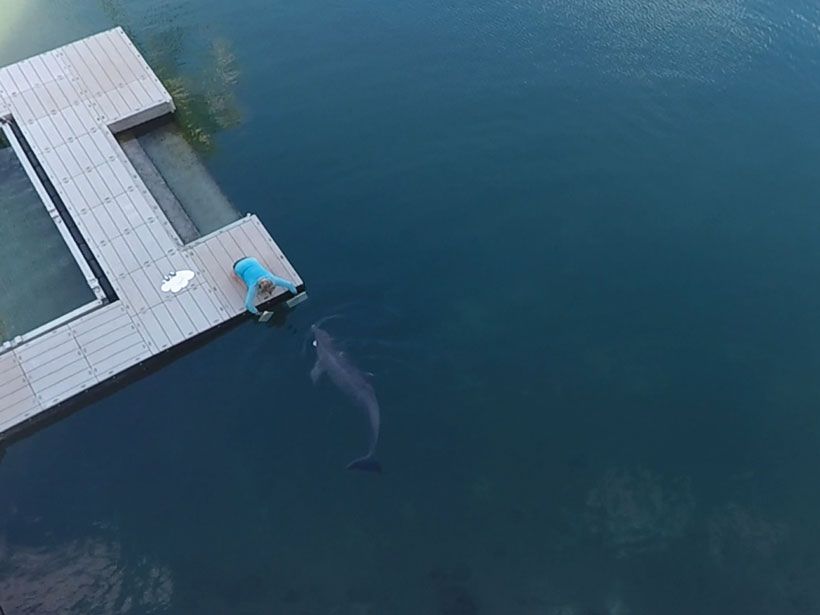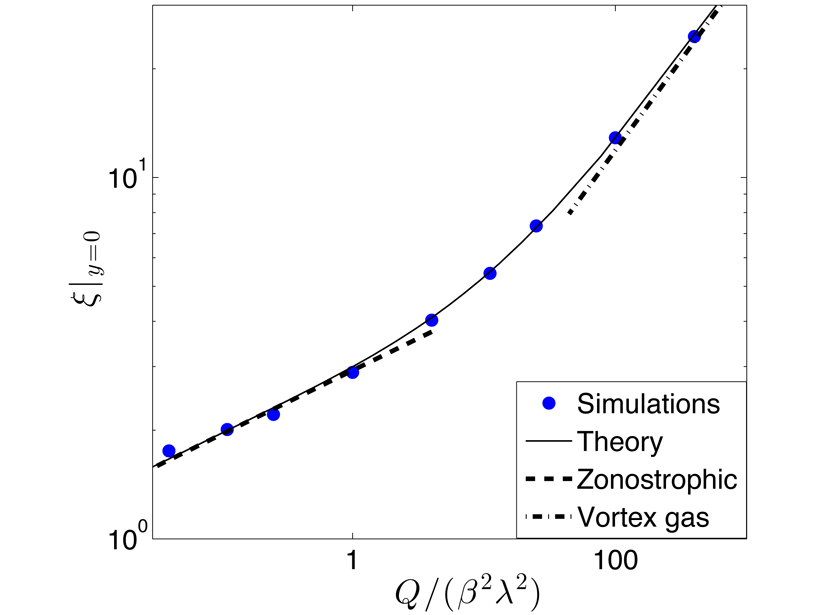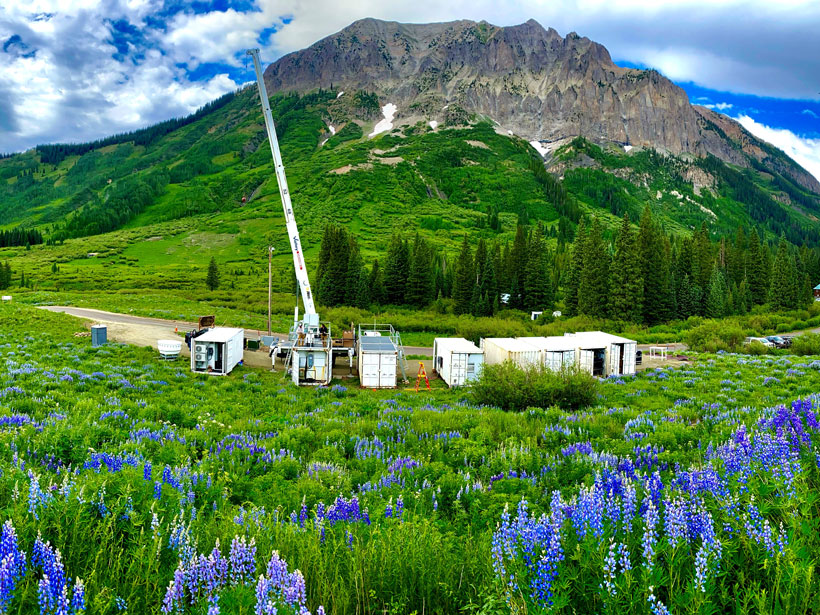AGU analyzes reviewer age, gender, and geographic location especially to see how the pandemic may have affected our reviewer pool.
2021 CC BY-NC-ND
Better Together: Perovskites Boost Silicon Solar Cell Efficiency
Scientists engineer a way to layer materials to boost efficiency without interrupting manufacturing processes.
Remembering FLIP, an Engineering Marvel for Oceanic Research
Since the 1960s, the Floating Instrument Platform has bobbed at the sea surface, supporting numerous discoveries. One scientist recalls his time aboard FLIP during what was likely its final mission.
Cormorants Are Helping Characterize Coastal Ocean Environments
The Cormorant Oceanography Project is using sensors deployed on diving marine birds to collect broadly distributed oceanographic data in coastal regions around the world.
Hidden Atmospheric Particles Sculpt Near-Earth Space Environment
Charged particles escape our atmosphere following Earth’s magnetic field and constitute a main source of matter that modulates Sun-Earth interactions.
Autonomous Vehicles Could Benefit from Nature
A team of researchers at the University of Michigan is looking to animals to find new ways for autonomous vehicles to navigate through the environment.
Famine Weed Becomes More Toxic, Invasive in Carbon-Rich Atmosphere
A noxious weed’s success in Australia could indicate that some plants are benefitting from our carbon-rich atmosphere, becoming more invasive, competitive, and toxic.
Order in Turbulence
Extracting order from turbulence is difficult, even under the most idealized conditions. A new scaling theory quantifies how eddies influence temperature gradients in geophysical turbulence.
Collaboration in the Rockies Aims to Model Mountain Watersheds Worldwide
As Earth’s climate changes at an unprecedented rate, the Surface Atmosphere Integrated Field Laboratory is studying precipitation on an unprecedented scale.
Evaluating the Impact and Reach of Biogeochemical Cycles
A new book examines flow of the elements in the biosphere from biological drivers to human influences, and explores the analytical and computational methods used to access biogeochemical cycles.



